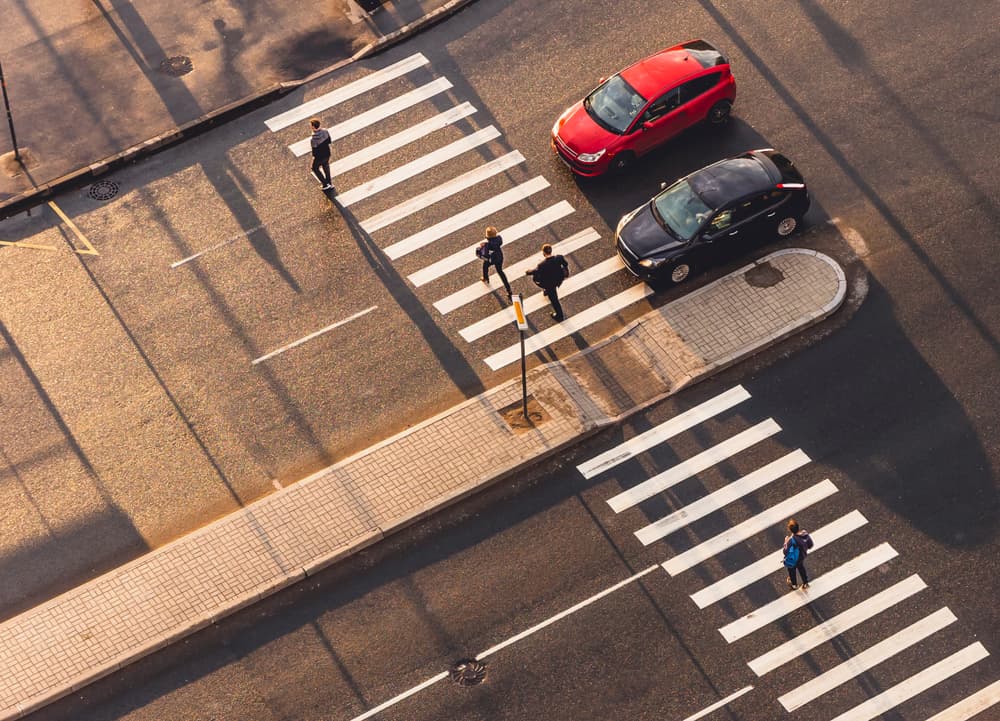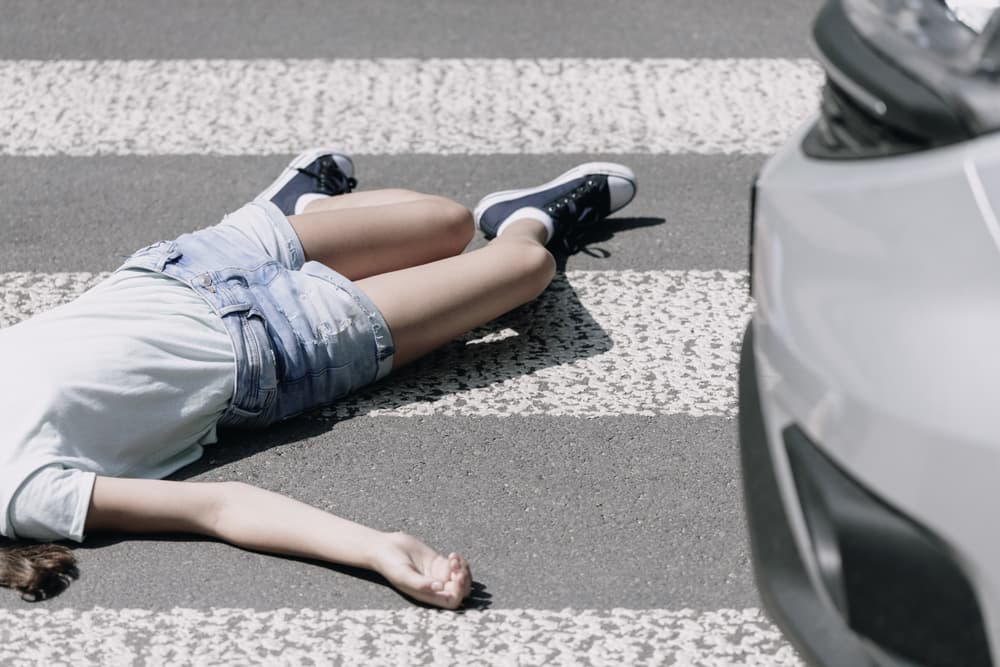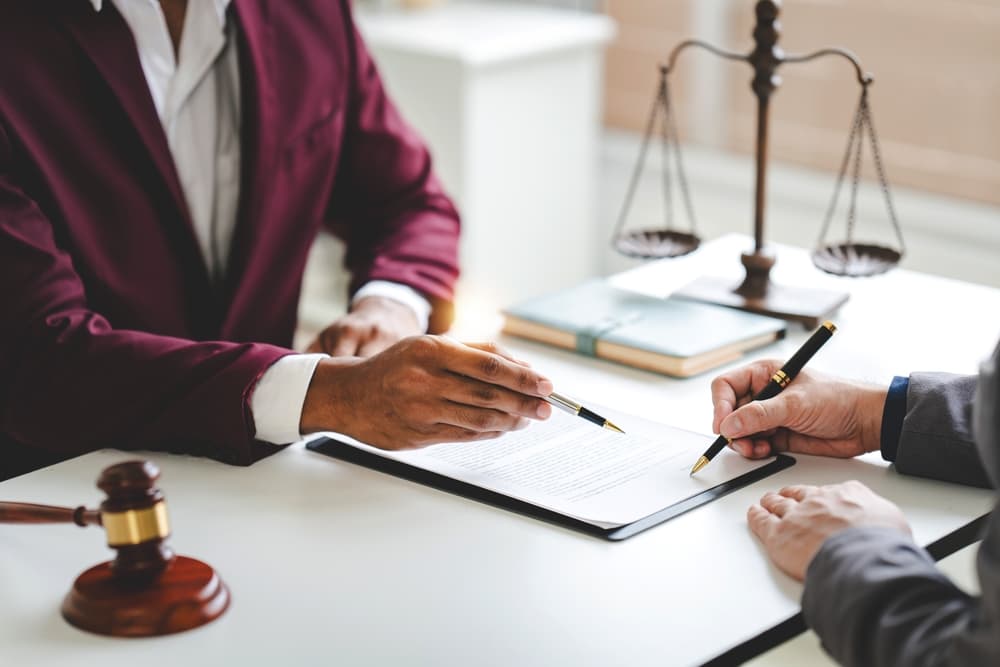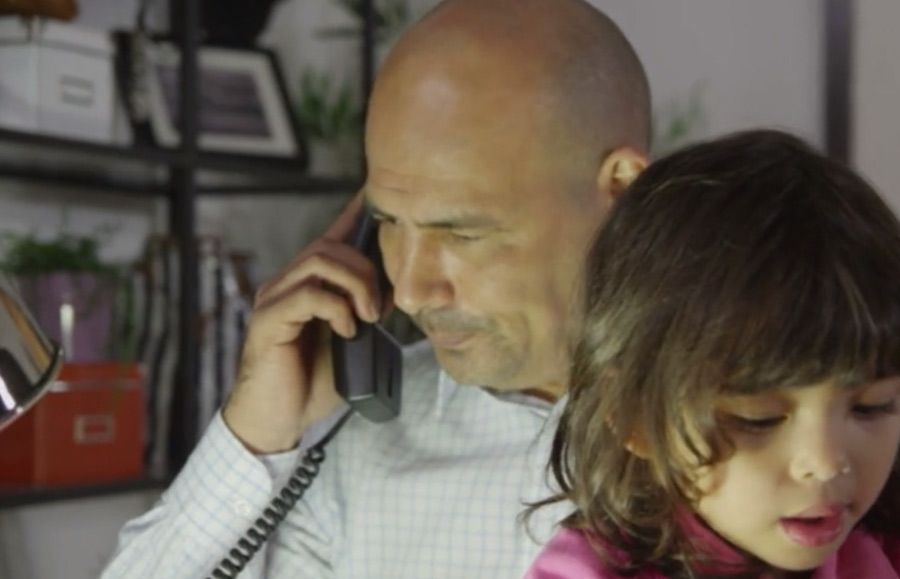Being struck by a vehicle as a pedestrian is a traumatic experience that can result in severe injuries, substantial medical bills, and long-lasting physical and emotional consequences.
If you’ve been hit by a car, you may be wondering about your legal rights and how a pedestrian accident lawyer can help you seek justice, including whether you can sue the driver who hit you.
The short answer is yes—you can sue someone for running you over, but the process involves several important considerations and legal requirements.
Understanding Your Rights as a Pedestrian

Pedestrians generally have the right of way in most situations, especially in crosswalks and at intersections. Drivers have a legal duty to exercise reasonable care and attention while operating their vehicles, which includes:
- Yielding to pedestrians in crosswalks
- Obeying traffic signals and speed limits
- Maintaining proper lookout for pedestrians
- Exercising extra caution in areas with heavy foot traffic
- Taking additional precautions during adverse weather conditions
When drivers fail to meet these obligations and cause an accident, they can be held legally liable for the resulting damages.
Common Causes of Pedestrian Accidents
Understanding the cause of your accident plays into building a strong legal case. Some common scenarios that lead to pedestrian accidents include:
- Distracted driving
- Texting while driving
- Talking on the phone
- Adjusting GPS or radio
- Eating or drinking
- Failure to yield
- Ignoring crosswalk signals
- Rolling through stop signs
- Making turns without checking for pedestrians
- Impaired driving
- Driving under the influence of alcohol
- Drug use (both illegal and prescription)
- Drowsy driving
- Speeding and reckless driving
- Exceeding posted speed limits
- Racing through yellow lights
- Aggressive driving behavior
- Poor visibility
- Inadequate street lighting
- Adverse weather conditions
- Obstructed view of crosswalks
Establishing Liability in a Pedestrian Accident Case
To successfully sue someone for running you over, you’ll need to prove four key elements of negligence:
- Duty of Care: The driver owed you a duty to operate their vehicle safely and follow traffic laws.
- Breach of Duty: The driver failed to fulfill this duty through their actions or inactions.
- Causation: The driver’s breach of duty directly caused your injuries.
- Damages: You suffered actual damages (physical injuries, medical expenses, lost wages, etc.) as a result.
Consult a personal injury attorney to evaluate your case and guide you through the legal process.
Evidence to Support Your Case
Building a strong case requires substantial evidence. Important pieces of evidence may include:
- Police accident reports
- Surveillance camera footage
- Witness statements and contact information
- Photographs of the accident scene
- Medical records and bills
- Documentation of lost wages
- Expert testimony
- Traffic camera footage
- Cell phone records (if distracted driving is suspected)
Potential Compensation in a Pedestrian Accident Lawsuit

When suing someone for running you over, you may be entitled to different types of compensation, including:
Economic Damages
- Medical expenses (current and future)
- Lost wages and lost earning capacity
- Rehabilitation costs
- Property damage
- Out-of-pocket expenses related to your injuries
Non-Economic Damages
- Pain and suffering
- Emotional distress
- Loss of enjoyment of life
- Mental anguish
- Permanent disability or disfigurement
- Loss of consortium
Comparative Negligence and Its Impact on Your Case
It’s important to note that pedestrians can be found partially at fault for accidents. Common scenarios where pedestrian behavior might affect liability include:
- Jaywalking
- Crossing against traffic signals
- Walking while distracted
- Entering traffic suddenly
- Walking in prohibited areas
- Being under the influence of alcohol or drugs
Under comparative negligence laws, your compensation may be reduced by your percentage of fault in the accident. However, being partially at fault doesn’t necessarily bar you from recovery.
Settlement vs. Trial: What You Need to Know
When pursuing compensation after a pedestrian accident, you’ll need to make an important decision: accept a settlement or take your case to trial.
Understanding both paths will help you make the choice that best serves your interests.
Understanding Settlements
A settlement is essentially a compromise—you receive compensation in exchange for ending your legal claim against the responsible party. Most pedestrian accident cases end in settlement because it offers certainty and speed.
The privacy of settlement also appeals to many survivors. However, settlements can come with trade-offs.
The Trial Journey
The trial process typically begins months before you ever enter a courtroom. Your legal team will gather evidence, prepare expert witnesses, and handle numerous legal procedures. The trial might not take long, but the entire process, including possible appeals, often does.
Timing Matters
Settlement negotiations typically conclude within a certain amount of months. Your attorney will present your case to the insurance company, negotiate on your behalf, and work toward an acceptable number. Once you accept an offer, you could receive payment within weeks.
In contrast, the trial path requires patience. Court schedules, legal procedures, and possible appeals can stretch the process to several years. While you might ultimately receive more money, you’ll wait longer for compensation. Further, unlike a settlement, there are no certainties with trial.
Working with Your Attorney
Your lawyer serves as your guide through this decision, not your decision-maker. While they’ll offer professional recommendations, the final choice remains yours.
Remember that both paths can lead to fair compensation. The key lies in choosing the option that best fits your circumstances, goals, and comfort with risk.
Steps to Take After Being Hit by a Vehicle
The actions you take following a pedestrian accident can significantly impact your ability to sue successfully:
- Go to the Doctor
- Get immediate medical care, even if injuries seem minor
- Document all medical visits and treatments
- Follow your doctor’s instructions carefully
- Keep records of all medical expenses
- Report the Accident
- Make sure an official accident report is filed
- Get the responding officers’ names and badge numbers
- Request a copy of the accident report
- Gather Information
- Driver’s name, contact information, and insurance details
- Vehicle make, model, and license plate number
- Witness contact information
- Photos of the accident scene and your injuries
- Documentation of any property damage
- Preserve Evidence
- Keep damaged clothing and personal items
- Take photos of visible injuries
- Document recovery progress
- Save all accident-related correspondence
- Contact a Personal Injury Attorney
- Get legal representation as soon as possible
- Avoid giving statements to insurance companies
- Let your attorney handle communications
- Don’t accept early settlement offers without legal assistance
Time Limitations for Filing a Lawsuit

There are strict deadlines, known as statutes of limitations, for filing a pedestrian accident lawsuit. Missing these deadlines can result in losing your right to sue permanently. Typically the statute in New York is three years, with some exceptions.
Additionally, certain cases involving government vehicles or municipal liability may have even shorter notice requirements.
Insurance Considerations
Before filing a lawsuit, you should understand the role of insurance in pedestrian accident cases:
No-Fault Insurance
- May cover initial medical expenses and lost wages
- Applies regardless of who was at fault
- Has limitations on coverage amounts
- May not cover non-economic damages
- Is provided through the vehicle that struck you
Driver’s Liability Insurance
- Covers damages caused by the at-fault driver
- May have policy limits affecting recovery
- Multiple policies might apply in some cases
Uninsured/Underinsured Motorist Coverage
- Provides protection if the driver lacks insurance
- May cover hit-and-run accidents
- Could supplement insufficient liability coverage
When to Consider Filing a Lawsuit
You should consider legal action if:
- Your injuries are severe or permanent
- The insurance settlement offer is inadequate
- Liability is disputed
- Multiple parties are involved
- The accident resulted in death
- The driver was grossly negligent or intoxicated
Additional Parties That May Be Liable
In some cases, parties other than the driver may share liability:
- Vehicle owners (if different from the driver)
- Employers (if the driver was working)
- Government entities (for road design or maintenance issues)
- Vehicle manufacturers (if vehicle defects contributed)
- Construction companies (if road work created hazards)
Common Injuries in Pedestrian Accidents
When a vehicle strikes a pedestrian, the human body absorbs tremendous force, often resulting in severe injuries.
Understanding these injuries is good for both medical treatment and legal proceedings.
Head and Brain Trauma

The human skull can only provide so much protection against the impact of a vehicle. Traumatic brain injuries (TBI) are among the most serious consequences of pedestrian accidents.
Even what appears to be a mild concussion can lead to lasting effects, including:
- Memory problems
- Personality changes
- Cognitive difficulties
Some accident victims find themselves struggling with basic tasks they once performed easily, while others may need to relearn fundamental skills like speaking or walking.
Spinal Cord Damage
The force of being struck by a vehicle often damages the spinal cord and surrounding tissues. These injuries can range from painful herniated discs to catastrophic spinal cord damage resulting in paralysis.
Many survivors require extensive physical therapy and may need to adapt to permanent changes in mobility. Some will need to modify their homes or vehicles to accommodate new physical limitations.
Orthopedic Injuries
The human skeletal system often bears the brunt of vehicle impact. Broken bones are common, particularly in the legs, hips, and pelvis. These fractures may require multiple surgeries and lengthy rehabilitation periods.
Some people develop chronic pain or arthritis in the years following their accident, leading to ongoing medical needs and lifestyle adjustments.
Internal Trauma
Not all injuries are immediately visible. Internal bleeding and organ damage require immediate medical attention and can lead to life-threatening complications.
The force of impact can damage vital organs, leading to long-term health issues that may require ongoing medical care or lifestyle modifications.
Psychological Impact
The trauma of being struck by a vehicle extends far beyond physical injuries. Many survivors develop post-traumatic stress disorder (PTSD), experiencing anxiety, depression, and fear of walking near traffic.
This psychological impact can be as debilitating as physical injuries, affecting personal relationships, work performance, and overall quality of life.
Can You Sue Someone for Running You Over: Conclusion
Being hit by a vehicle can have devastating consequences, but you have legal options available.
A successful lawsuit can help you recover compensation for your injuries and hold negligent drivers accountable. However, these cases can be difficult and require careful preparation and legal experience.
Talk to a Lawyer About Your Accident Today

If you’ve been injured in a pedestrian accident, you need to act quickly to protect your rights.
Contact an experienced personal injury attorney at Rosenberg & Gluck LLP. They can evaluate your case, guide you through the legal process, and help you pursue the compensation you deserve.
Remember that every case is unique, and the specific circumstances of your accident will determine the best course of action. Contact our law firm today to schedule a free consultation. We look forward to helping you as much as possible.








